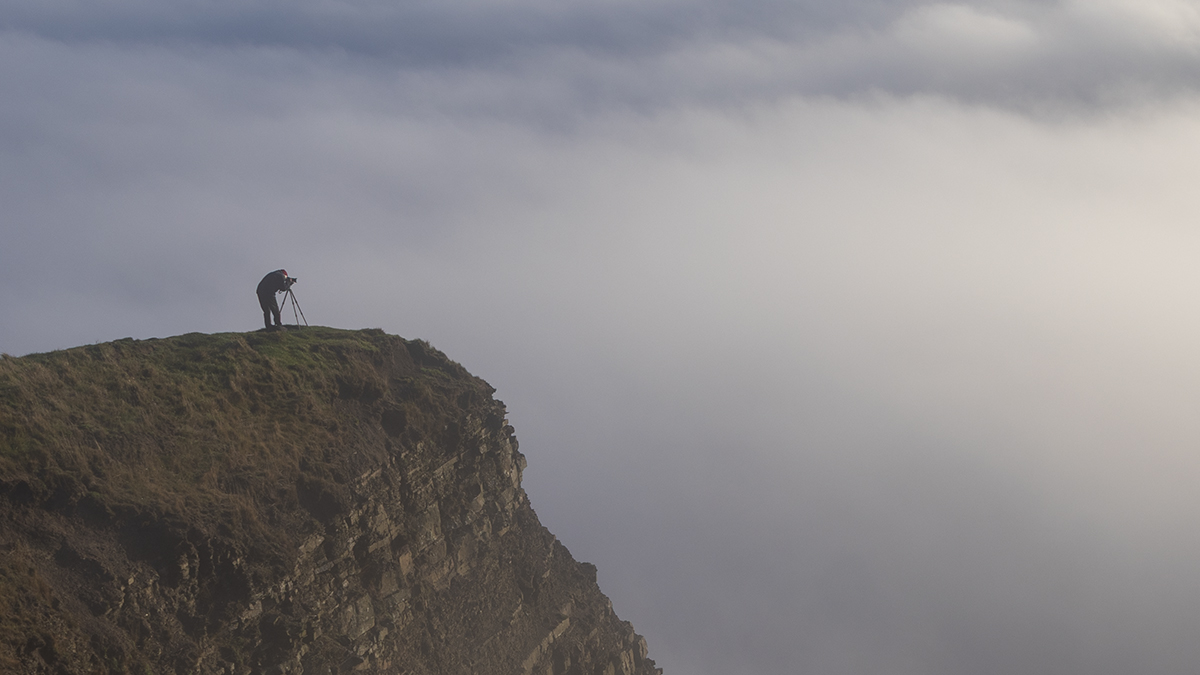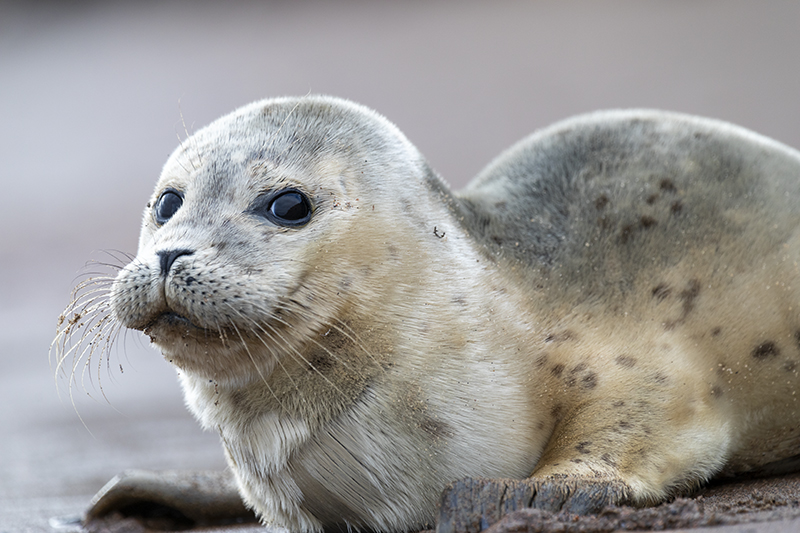The Complete Guide to Coastal Photography Equipment
Capturing Nature’s Power: Essential Gear for Seaside Shoots
There’s something magical about photographing coastlines. The dynamic interplay between land and sea creates ever-changing scenes that challenge and inspire photographers of all levels. From dramatic cliffs to peaceful shorelines, coastal environments offer incredible photographic opportunities—but they also present unique challenges that require specialized equipment.
Why Coastal Photography Demands Specialized Gear
Coastal environments combine several challenging elements:
- Salt spray that can damage equipment
- Strong, unpredictable winds
- Rapidly changing light conditions
- Uneven and sometimes treacherous terrain
- Tidal patterns that transform landscapes in hours

Investing in the right equipment not only protects your gear but also expands your creative possibilities when shooting these dramatic landscapes.
The Foundation: A Robust Tripod System
A quality tripod isn’t just recommended for coastal photography—it’s essential. When selecting a tripod for shoreline work, prioritize:
- Stability in strong winds – Look for models with robust construction that won’t wobble in coastal breezes
- Corrosion resistance – Carbon fiber options resist salt damage better than aluminum alternatives
- Adjustable leg angles – Critical for setting up on uneven shorelines and rocky surfaces
- Quick-release plate system – Allows for fast adjustments when chasing changing light
Recommended Setup: The Benro Tortoise 34CLV Levelling Tripod offers an excellent combination of stability and weight. Its levelling base is particularly valuable when working on uneven coastal terrain, while the carbon fibre construction provides durability without excessive weight, perfect for long hikes along shorelines.
Pro Tip: When shooting on soft sand, press your tripod legs firmly into the surface to prevent sinking during exposure. In particularly windy conditions, hang your camera bag from the center column for added stability.
Mastering Light: Essential Filters
Coastal scenes often present extreme lighting challenges, with bright skies contrasting against darker foregrounds. The right filters can help balance these conditions and unlock creative possibilities:
Neutral Density (ND) Filters
ND filters reduce the amount of light entering your lens, enabling longer exposures even in bright conditions. This creates those dreamy, smooth water effects that transform crashing waves into silky textures.
My Recommended Setup: I use the LEE100 Deluxe Kit Plus, which provides a comprehensive filtration system specifically designed for landscape photography. This excellent kit includes:
- LEE100 Filter Holder with three filter slots
- LEE100 Polariser Ring and Polariser
- LEE100 105mm Front Ring
- Three 100mm Medium ND Grad filters (0.3, 0.6, and 0.9)
- One 100mm Hard ND Grad filter (0.9)
I’ve expanded my collection to include all three essential ND filters for coastal work:
- Little Stopper (6-stop ND filter) – Perfect for dawn/dusk shooting
- Big Stopper (10-stop ND filter) – Creates smooth water effects in normal daylight
- Super Stopper (15-stop ND filter) – Enables ultra-long exposures for dramatic cloud movement
This complete system gives me tremendous flexibility when shooting in variable coastal conditions, allowing me to precisely control exposure while maintaining excellent image quality.
Graduated ND Filters
These filters transition from dark to clear, helping balance bright skies with darker shorelines in a single exposure.
Polarizing Filter
Perhaps the most valuable filter for coastal work, a quality polarizer:
- Cuts through reflections on wet surfaces
- Enhances the saturation of blue skies and foliage
- Improves color and contrast in wet coastal environments
- Reveals underwater details in tide pools and shallow water
Versatile Lens Selection
Different coastal scenes call for different focal lengths. A comprehensive kit should include:
Wide-Angle Lens (16-35mm equivalent)
Ideal for:
- Dramatic seascapes capturing vast skies and foregrounds
- Including interesting foreground elements with distant horizons
- Creating a sense of depth and scale in your compositions
Recommendation: A high-quality 24mm prime like the Canon EF 24mm f/1.4L II USM delivers exceptional sharpness for detailed shoreline textures while handling low-light conditions beautifully.
Standard Zoom (24-105mm equivalent)
Perfect for:
- Versatile shooting without frequent lens changes
- Adjusting compositions quickly as light and conditions change
- Balancing detail with broader context
Recommendation: The Canon EF 24-105mm f/4L IS II USM offers excellent image stabilisation—particularly valuable in windy coastal conditions—while providing a flexible range of focal lengths.
Telephoto Lens (70-200mm or longer)
Essential for:
- Compressing perspective to emphasize wave patterns
- Isolating distant subjects like lighthouses or rock formations
- Capturing wildlife like seabirds or marine animals
- Creating abstract patterns from distant water movements
Recommendation: The Canon 70-200mm f/2.8L IS II combines fast aperture with image stabilization, making it ideal for capturing detailed shore elements even in challenging light.
Weather Protection Essentials
Properly protecting yourself and your gear from coastal conditions is non-negotiable:
For Your Equipment
- Waterproof camera backpack with roll-top closure to prevent salt spray damage
- Lens cleaning kit with multiple microfiber cloths (salt spray requires frequent cleaning)
- Silica gel packets to absorb moisture inside your bag
- Rain cover for your camera during unexpected showers
- Extra batteries stored in warm, inner pockets (cold coastal winds drain power quickly)
For Yourself
Quality outdoor clothing makes the difference between an enjoyable shoot and a miserable experience:
- Waterproof, windproof jacket like the Rab Mythic Ultra or Cinder Downpour
- Layered clothing for adapting to temperature changes
- Waterproof trousers for protection when kneeling on wet surfaces
- Insulated gloves that maintain dexterity for camera controls
- Waterproof hiking boots with good grip for navigating slippery rocks
Navigation and Safety Equipment
Coastal environments can be hazardous, especially during dawn, dusk, or storm shoots:
- Powerful headlamp with adjustable brightness and red-light mode
- Tide tables for your specific location (essential for safe shooting)
- Mobile phone in waterproof case with emergency contacts
- GPS device if shooting in remote coastal areas
- First aid kit for minor injuries
Final Thoughts: Preparation Enables Creativity
The dynamic nature of coastal environments demands both technical skill and proper equipment. By investing in quality gear specifically selected for shoreline conditions, you free yourself to focus on the creative aspects of your photography rather than battling equipment limitations.
Remember that the best coastal photographs often result from patience and preparation—understanding tides, researching locations, and being ready when dramatic light transforms ordinary scenes into extraordinary images. With the right equipment protecting both you and your gear, you’ll be prepared to capture the raw beauty of coastlines in all their ever-changing glory.




